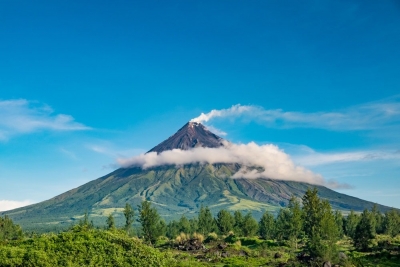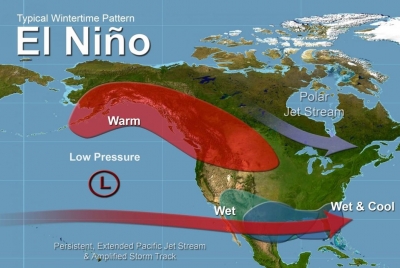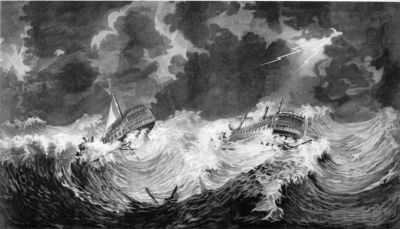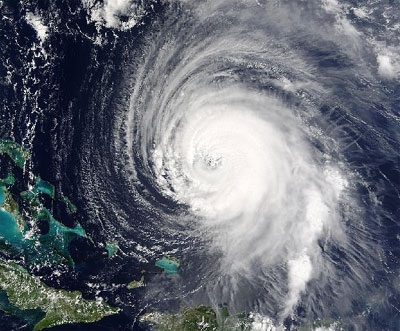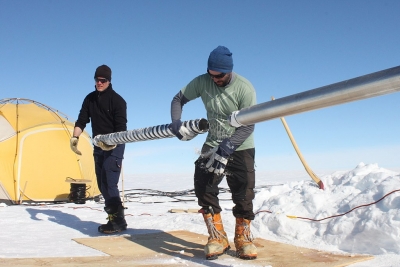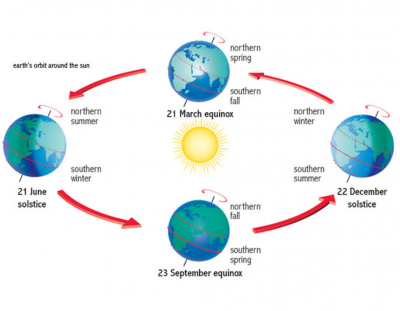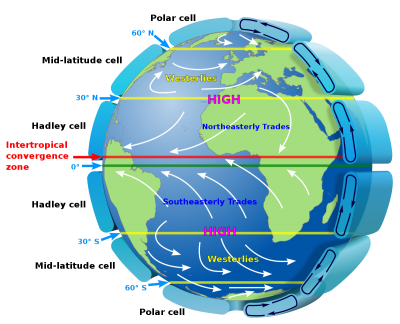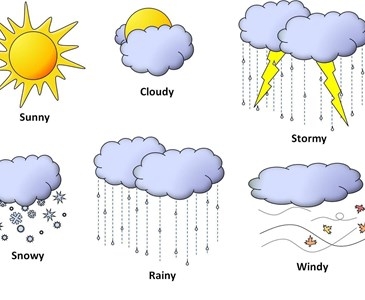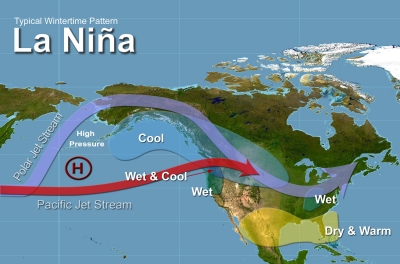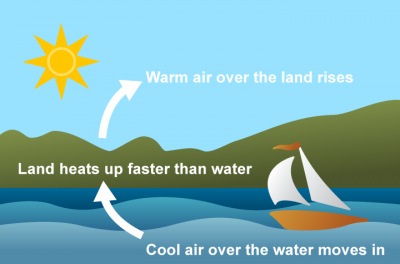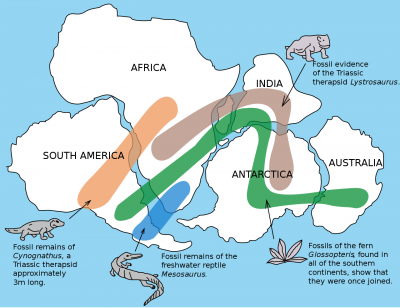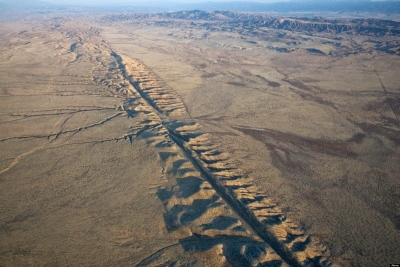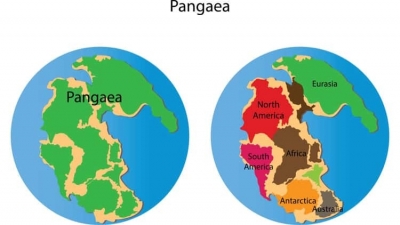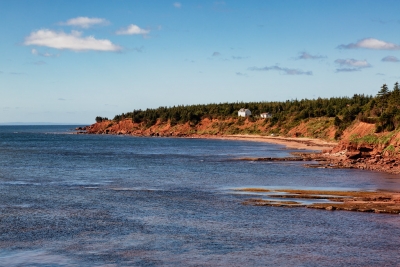WHAT IS SPECIAL ABOUT CANADA'S MIGUASHA NATIONAL PARK?

Canada's Miguasha National Park is a treasure trove of natural history, as it holds within it priceless fossils that educate us about what was in the world millions of years ago.
Spanning more than 215 acres, the Miguasha National Park is located on the southern coast of the Gaspe peninsula in Quebec, Canada. Unlike most parks around the world, this Park is not popular for its animals, plants, birds, reptiles, amphibians, insects, or marine creatures living today. However, it is an extremely important region to trace the history of the planet's wildlife as we know it, thanks to the fossils in this area.
On the shore of the peninsula are remarkably well-preserved fossil beds from the Devonian period (see box), from millions of years ago. From vertebrates and invertebrates (such as lobe-finned fishes) to plants, algae, and several microorganisms, the astonishing biodiversity of these fossils offers scientists much more than just a glimpse of Devonian life. Even though there are more than 50 Devonian period fossil sites across the globe, "none matches Miguasha in abundance of specimens, quality of fossil preservation and representation of evolutionary events for vertebrates".
Discovered in 1842, the site has been of great scientific interest and significance the world over, and fossil specimens from the location were sent to museums and universities for studies. In 1999, the Park was declared a UNESCO World Heritage Site, and is considered "the world's most outstanding illustration of the Devonian Period".
Past forward
The most important contribution of the Miguasha National Park to the study of evolution is through the largest number of and best-preserved fossil specimens of the lobe-finned fish that gave rise to the first four-legged. air-breathing, terrestrial vertebrates the tetrapods
Among the fossils that made Miguasha popular are 21 species of fish fossils. And the most significant among them? The Eusthenopteron foordi- the extinct lobe-finned fish fossil. It is this creature's "limblike fins and two-way gills-and-lungs respiratory system that led to the present understanding of evolution from fish to four-limbed, land-dwelling vertebrates". And not surprisingly, this specimen has been named "the Prince of Miguasha"!
Good news but...
According to the International Union for Conservation of Nature, the conservation outlook for this site has been assessed as "good" in the latest assessment cycle (2020).
In fact rigorous and continuous fieldwork and research initiatives have resulted in the discovery of new fossils and resultant inferences on how Devonian fishes and tetrapods evolved over a period of time. Though fossil sites have the potential to be disturbed or damaged by human activity, this site is "secure and well protected". "Overall site management and protection can be rated as mostly or highly effective."
In addition to the research initiatives. the educational outreach programmes and "interpretive facilities for visitors" too have been impressive enough to create awareness.
Picture Credit : Google
